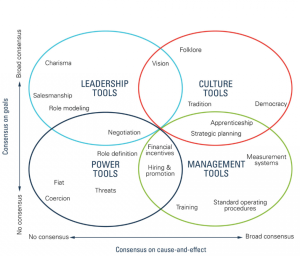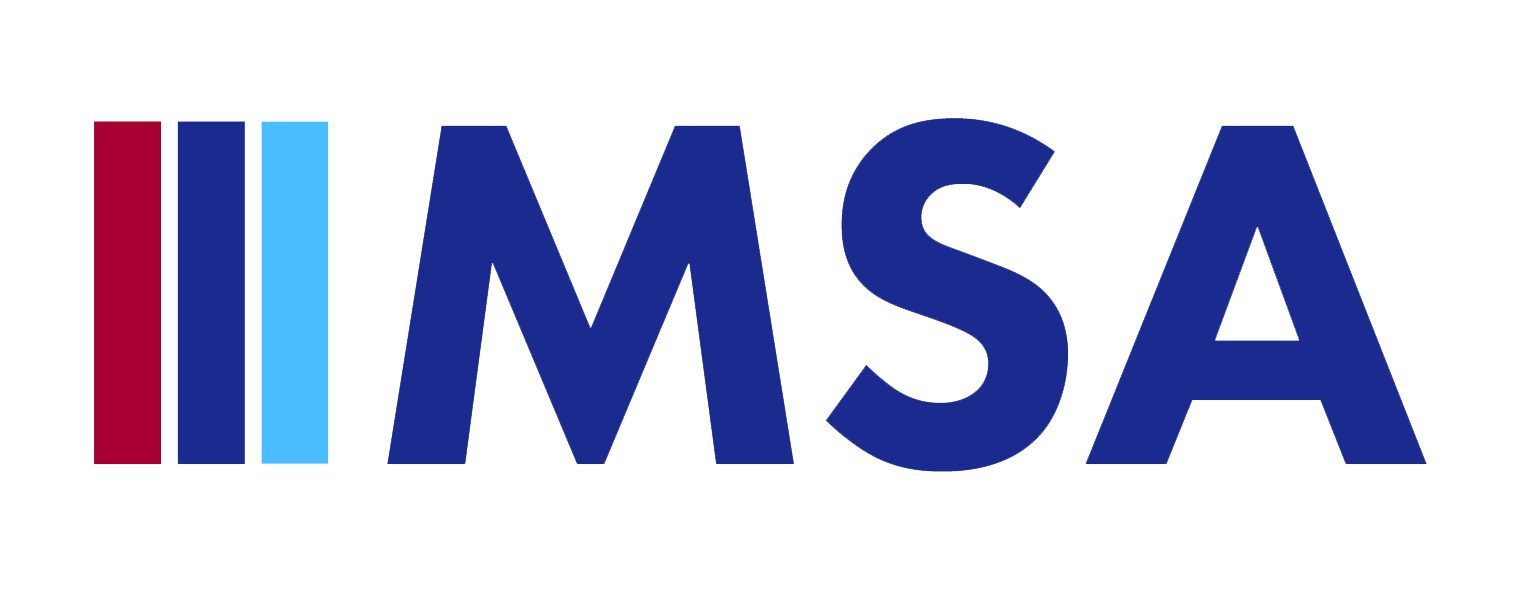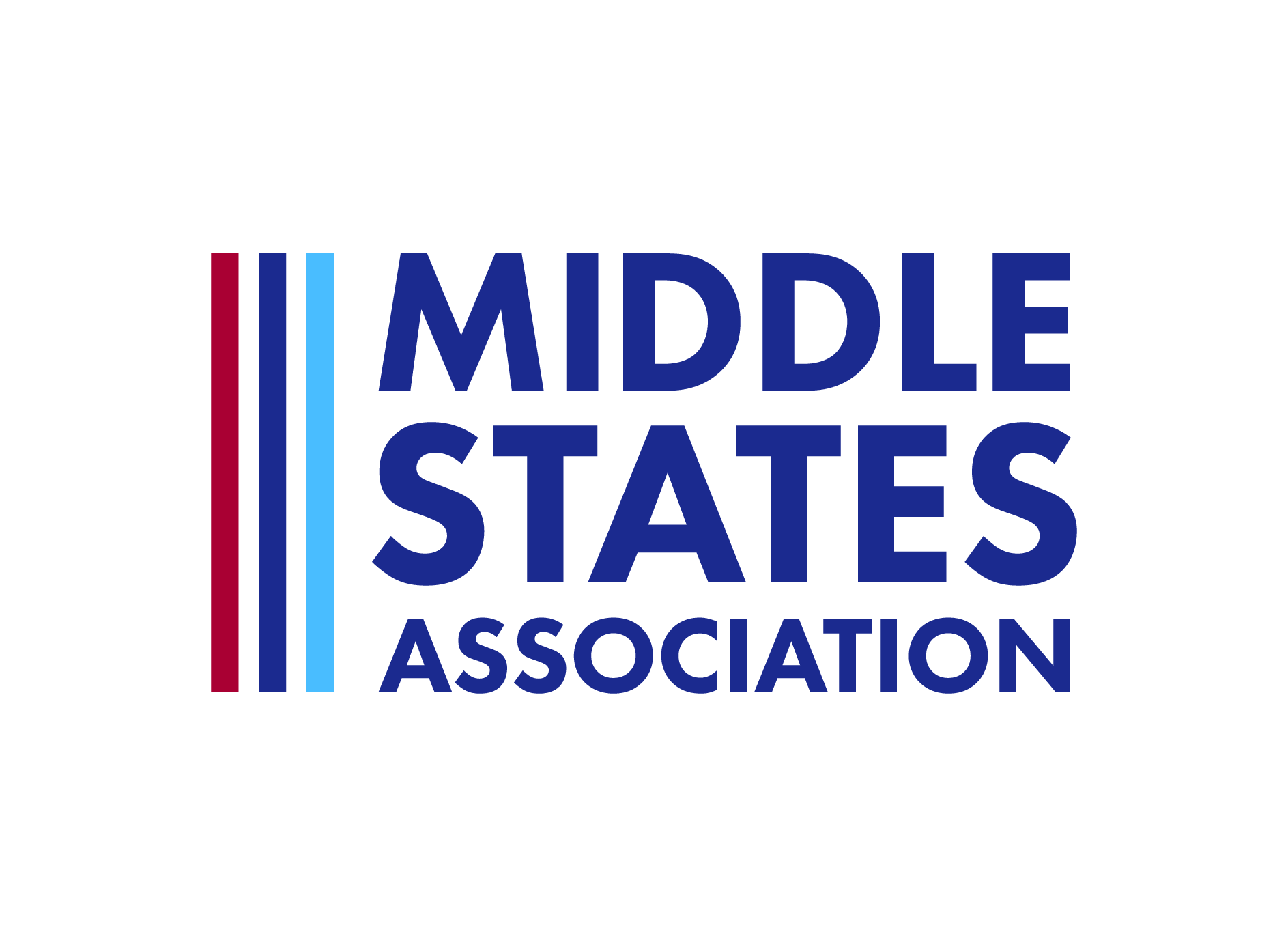By Christian Talbot, President of MSA-CESS

One time, a school called me to help them reboot their strategic plan. They had a beautiful document with elegant langage.
But the plan was a year old and had gone nowhere.
As I talked with board members, administrators, and teachers, it became clear that only one person knew what the strategic plan’s words meant: the head of school. Some people knew the meaning of certain words and phrases, some knew the meaning of other content, while most people had no idea what any of it meant. No wonder the plan stalled.
In working with scores of schools undertaking significant change, I have noticed that their challenges typically begin with one of two things:
- A lack of shared understanding. From little ideas to big concepts, people are not using the same words to mean the same things.
- A lack of alignment. Even when members of a school community possess a shared understanding of the elements of a proposed change, that does not mean they will all be aligned to that direction.
This is precisely the moment that school leaders need to lean on what Michael Horn calls “tools of cooperation” in From Reopen to Reinvent. It’s not enough to have a powerful vision. It’s not enough even to know how you can get to that vision. As Horn says—and as I can confirm from experience earned the hard way—“Once a school leader has clarity around what they want to change, they still need to convince other individuals who will play a role in the change.”
But exactly how does a school leader move their community from uneven agreement to cooperation?
As always, Horn provides a practical 1-2 punch: a clear conceptual framework combined with specific action steps. In the figure below, the axis for “consensus on cause-and-effect” parallels my use of “shared understanding,” and the axis for “consensus on goals” parallels my use of “alignment.”
 (Image Credit: Christensen Institute)
(Image Credit: Christensen Institute)
To this matrix, Horn adds two additional sets of moves: “tools of separation” (eg, creating a separate team / unit / organization) and “mechanisms of movement” (eg, designing for a steady cadence of small wins).
To establish a baseline for shared understanding and alignment, it may help to undertake the following sequence:
- Write v1 of a paragraph that connects your mission and your vision.
- Ask your leadership team to silently annotate that paragraph. Discuss as a team, fine tuning the language as you go.
- Share v2 of that paragraph with your board, superintendent, or other manager. Ask them to annotate and discuss. Where you detect some distance between their understanding and your team’s understanding, ask questions and listen for understanding. Fine tune once again.
- Share v3 with faculty and staff and once again annotate and discuss.
Perhaps the most important thing to keep in mind is that shared understanding and alignment require good “hygiene.” Just as you brush your teeth twice a day to prevent cavities, you will need to engage in good hygiene around your vision.
For example, regular communications across multiple channels can help remind stakeholders not only of vision priorities, but also of stories of success (in the diagram see “Folklore” in the “Culture Tools” oval, but also think of the role of an internal newsletter, a social media campaign, and more).
Lucky for all of us, the tools for cooperation laid out in From Reopen to Reinvent are perfect for ensuring good hygiene for change.
If you missed our webinar with Michael Horn last month, you can watch the video here

